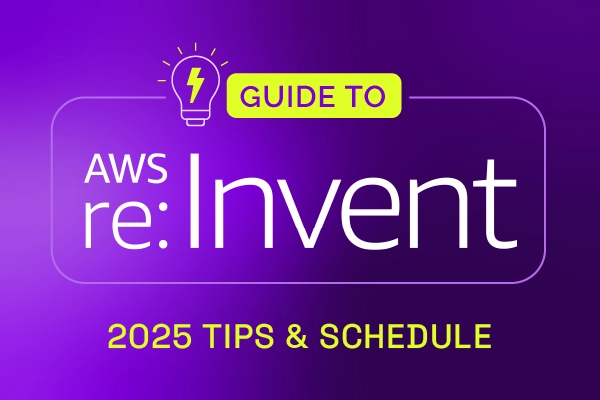
Xurrent® can be configured to use an organization’s existing identity provider (such as Active Directory, Microsoft Azure, OneLogin, etc.) instead of Xurrent’s own authentication mechanism to determine whether a user should be able to access Xurrent. This is known as Single Sign-On (SSO). It is even possible to configure different SSO configurations for different external organizations, so each of their users can have their own option on the Xurrent login page. The drawback of this, however, is that users have to select an option from the list of Single Sign-On configurations. And not every provider wants to show a list of their customers on their login page. This is now no longer necessary.
A ‘Settings’ section has been added to the Organization form, where a Single Sign-On configuration can be related to the organization.

At the same time, from the ‘Single Sign-On Configurations’ section of the Settings console, an SSO configuration can be related to one or more organizations. The SSO configuration is inherited by child organizations, as long as those organizations do not have their own SSO configuration.
Whenever a notification is sent from Xurrent, the links that are included in the email to access a record then include the Single Sign-On configuration endpoint that is relevant to that organization’s users, sending them to the correct URL.

Xurrent named a Market Leader in Research In Action’s Vendor Selection Matrix™ for IT & Enterprise Service Management Solutions
Xurrent earns #1 rankings in customer satisfaction, price vs value, and recommendation index in Research In Action's global ITSM/ESM Vendor Selection Matrix report.


